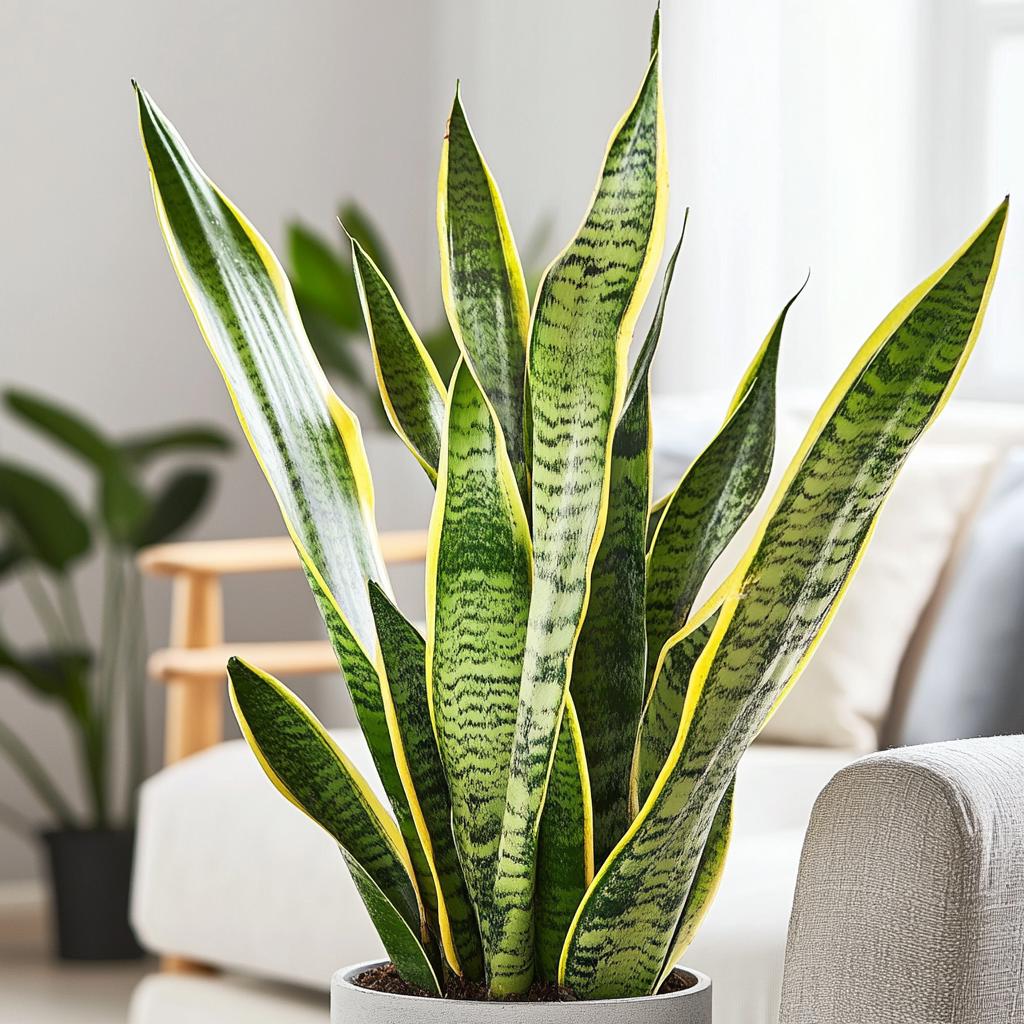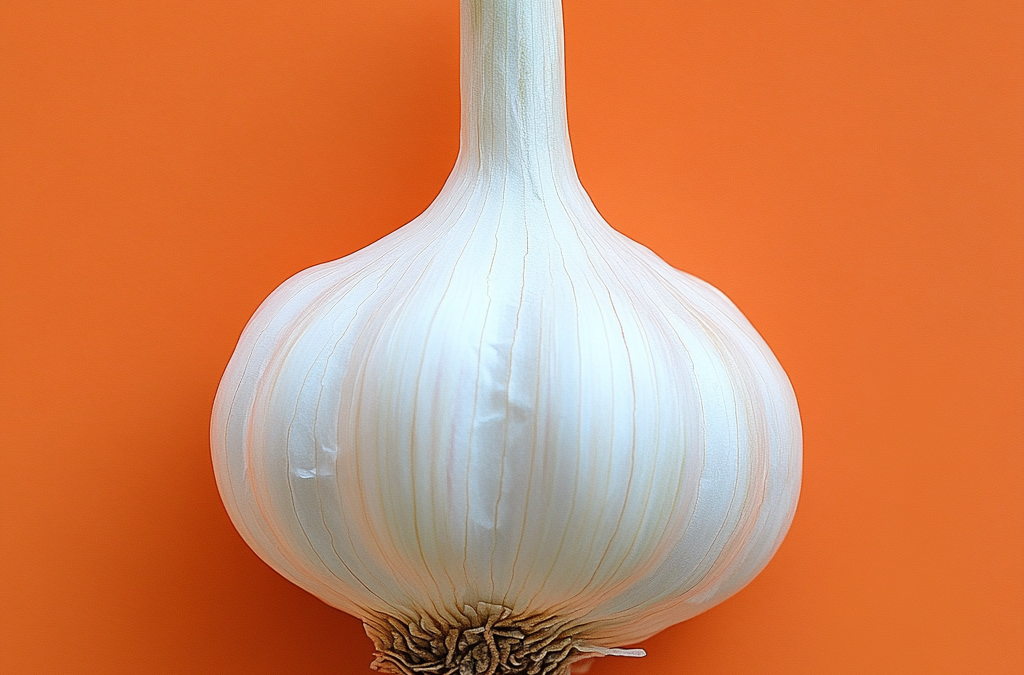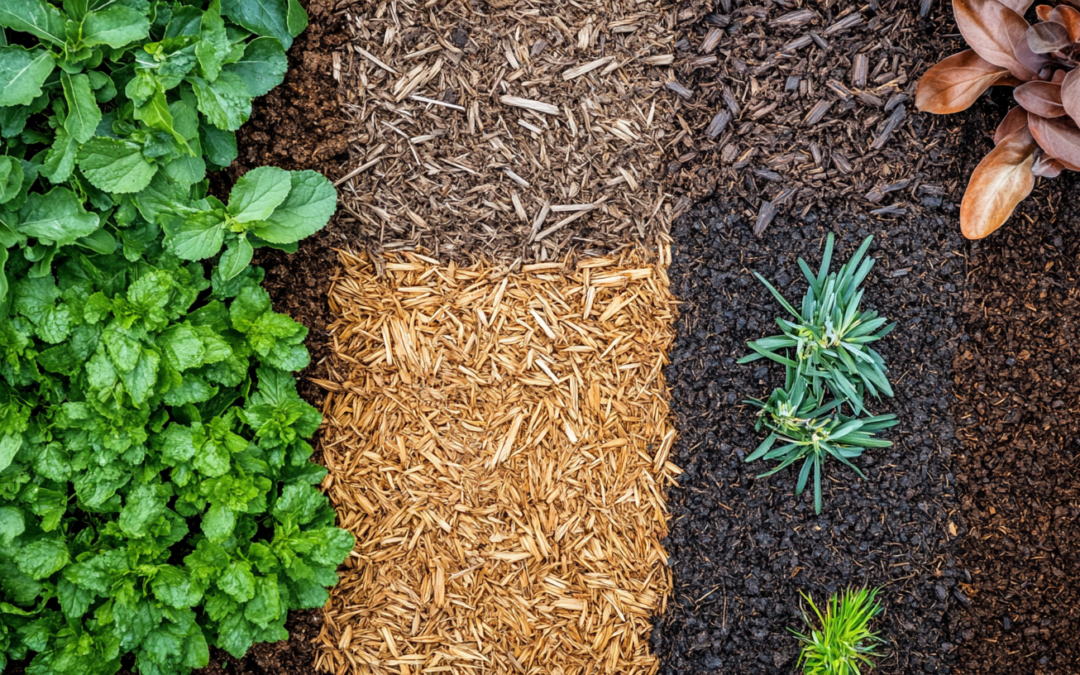How to Keep Your Snake Plant Thriving with Minimal Effort
Snake plants (Sansevieria) are one of the easiest houseplants to care for, making them a perfect choice for beginners or anyone looking for a low-maintenance plant. Known for their striking, upright leaves and air-purifying qualities, snake plants can thrive in almost any environment. Here’s how to keep your snake plant looking its best with minimal effort!
1. Light Requirements
Snake plants are incredibly adaptable when it comes to lighting. They can tolerate low light, making them ideal for spaces with indirect sunlight or even areas that don’t get much natural light. However, they will grow faster and look healthier if placed in bright, indirect light. Avoid placing them in direct sunlight for long periods, as this can cause their leaves to scorch.
2. Watering: Less is More
One of the most common mistakes with snake plants is overwatering. These plants are drought-tolerant and prefer to dry out between waterings. Water your snake plant only when the top 2-3 inches of soil feel dry to the touch. During the winter months, you can reduce watering even further, as the plant is in a resting phase. Always ensure the pot has good drainage to prevent water from accumulating at the bottom, which can lead to root rot.
3. Soil and Potting
Snake plants prefer well-draining soil, such as a cactus or succulent mix. If you’re repotting, choose a pot that’s one size larger than the current one, with drainage holes. This helps prevent water from sitting in the bottom of the pot, which can lead to root rot. Snake plants don’t need to be repotted frequently—once every 2-3 years is usually enough.
4. Temperature and Humidity
Snake plants are quite tolerant of temperature fluctuations, but they thrive in temperatures between 60°F and 85°F (16°C – 29°C). They can handle dry indoor air, but if your home is particularly dry, consider placing the plant near a humidifier or occasionally misting the leaves.
5. Fertilizing
Snake plants are slow growers and don’t require much fertilization. You can feed your plant with a balanced liquid fertilizer once a month during the growing season (spring and summer). Avoid fertilizing in the fall and winter when the plant is dormant.
6. Cleaning the Leaves
Over time, dust can accumulate on your snake plant’s leaves, which can affect its ability to photosynthesize. Gently wipe the leaves with a damp cloth every few weeks to keep them clean and shiny. This also helps prevent pests from taking up residence on the plant.
7. Propagating Your Snake Plant
One of the best things about snake plants is how easy they are to propagate. You can propagate your plant by cutting a healthy leaf into 3-4 inch sections and allowing the cut ends to dry for a day or two. Then, place the cuttings in water or soil, and in a few weeks, you’ll see new roots forming. It’s a fun way to grow your collection or share with friends!
Final Thoughts
With its striking appearance and low-maintenance nature, the snake plant is a perfect addition to any home or office. Whether you’re a seasoned plant parent or just starting out, this hardy plant is sure to thrive with minimal care. So, if you’re looking for a plant that’s tough to kill and adds a touch of greenery to your space, the snake plant is the one for you!



